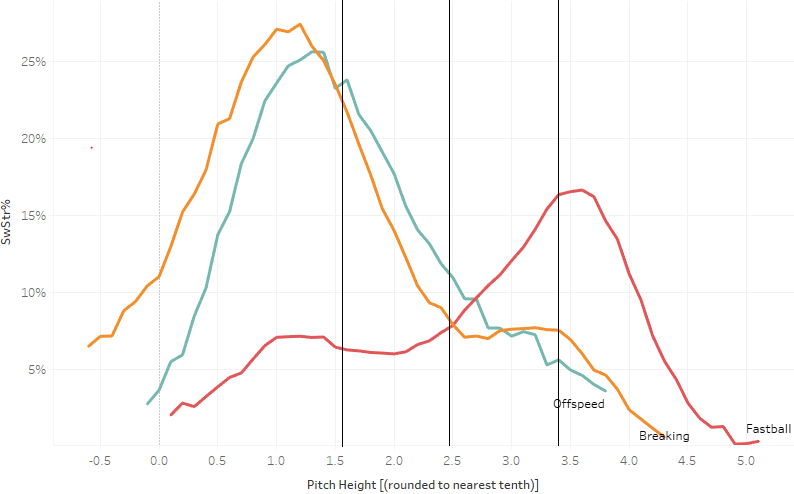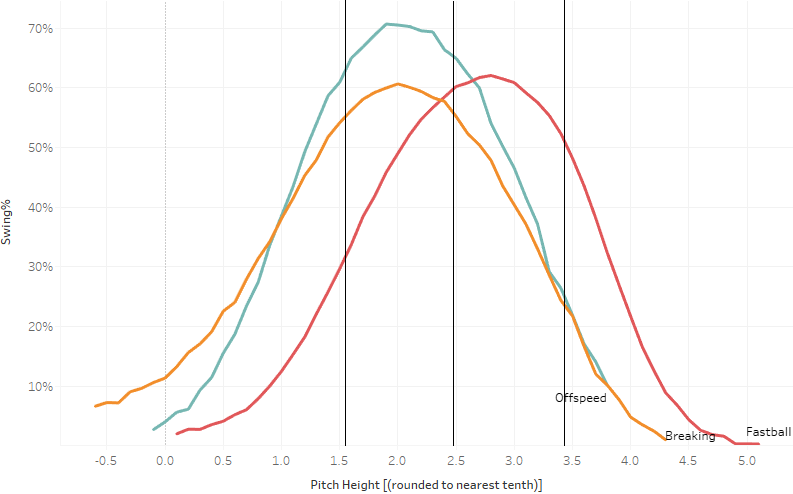Anthony Rizzo Should Be Worth Holding Onto
Every player on the Cubs’ roster should be considered a trade candidate. That much should be clear after their decision to ship Yu Darvish out of town with three years remaining on his contract. He’s far from the only high-profile veteran who could be on the chopping block: Kris Bryant, Javier Báez and Anthony Rizzo are each entering their final years of team control, and Willson Contreras will be a free agent in two years.
We don’t know what will happen with any of those players in the immediate future, but it feels right to say most of them won’t be Cubs by 2022. Chicago seems willing to capitalize on Contreras’ multiple remaining years of control by dangling him in trade talks. Bryant and Báez could be moved in the coming months as well, but both are coming off dreadful seasons at the plate. Even if they aren’t traded, it’s difficult to envision them signing long-term contracts with the team: They’ll still be in their 20s when they finish this season, they play premium defensive positions, and the allure of their MVP-level past selves is likely to put their price higher than Chicago is willing to stomach.
In the case of Rizzo, though, I’m not sure I’d say the same. He will be 32 at season’s end, which means his next contract won’t be nearly as long as those of his teammates. He also plays the lowest non-DH position on the defensive spectrum (albeit very well, winning four Gold Gloves in the last five seasons) and probably doesn’t have the same ceiling that Bryant and Baez do. His price should be more manageable, giving the Cubs an opportunity to offer him an extension that would keep him in Chicago for the duration of his career.

 Dan Szymborski
Dan Szymborski
